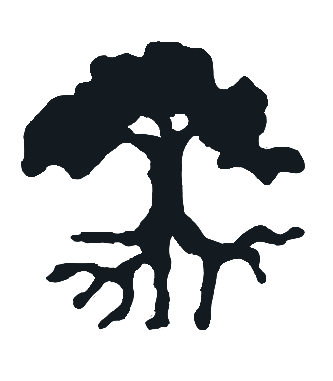June 26, 2014
The Hedgerow
Copyright Bob Osborne
You may have noticed some shrubs blooming in the hedgerows or along the roadsides with large white flowers. Most likely you are seeing one of two species.
The highbush cranberries are most certainly one. These are large viburnums, specifically Viburnum trilobum. The ‘flowers’ you see are actually clusters or umbels of flowers. Those in the center are the fertile female flowers while those around the outside, which are the larger and showier, are the male flowers.
The highbush cranberry blooms will form clusters of the brightest red berries on the planet. They will hang onto their stems well into the winter if they are not eaten by birds, making for a spectacular contrast against the snow. Usually fall migrating birds do not bother with them. It is the winter birds, particularly the cedar waxwings and grosbeaks that eventually gorge on them.
The fruit is highly regarded by those in the jelly making world. One devotee insists they make the finest jelly of any fruit, although from the old socks smell of the fruit one would be hard put to think so. Regardless, it must be true as many have attested to the wondrous attributes of this berry.
Highbush cranberries are marvelous large bushes that can be very effective where space is adequate. It is not unusual to see these grow to 4m in height. They are especially fond of slightly damp soils and are completely tolerant of acidic soils. They will become denser in cultivation than their wild counterparts, and a light pruning can create an even tighter plant.
These shrubs are related to and closely resemble another species-the European cranberry, Viburnum opulus. The most popular form of this shrub is the well know Snowball viburnum, Viburnum opulus ‘Roseum’. In this variety all the flowers are sterile, creating a ball of white flowers. Though very hardy and easy to grow, this variety is quite prone to aphids and will often have the tips of growth deformed by the insect, although it causes very little long term damage and does not seriously affect the overall effect of the plant.
The second plant you seeing blooming now is the alternate leaf dogwood, which is also called the pagoda dogwood.
The flower clusters are ivory white in colour and can be as large as the palm of your hand. Ideally each small flower will form a berry that turns deep blue-purple by fall and is rapidly consumed by birds as soon as they colour up. As usual, birds love the smaller berries that they can devour in a single nip.
This is a native plant that prefers the edges of woods where there is sufficient light. It is commonly found in hedgerows where birds that have been feeding on the berries hang out and drop their deposits of digested seeds. You can often see these small trees bending toward the light from the edges of forests.
When open grown, this plant has a layered branching habit and is the reason it is called the pagoda dogwood. There is a rare form of this tree with white variegated leaves that is called the wedding cake tree because of its layered form and white colour.
This is an extremely valuable tree for the shade garden, as it will tolerate a good deal of shade. When grown in the open it is an exquisite small tree. It is lovely in form, in flower and in fruit. Because of its small natural size and horizontal branching, it can also create a very interesting espalier tree when grown against a building.
Espaliered trees are pruned to create a two dimensional form against a wall or fence. The pruning is done so as to create a certain form. This might be keeping the branches horizontal, angled or even in a candelabra form. Unlike most espaliered trees that are grown on the south sides of buildings or walls such as fruit trees, the pagoda dogwood is better in the dappled light of an east or north wall.
Both these species are attractive members of the native plant community, giving great pleasure to those who observe them as well as the wild life that uses their fruit. They are wonderful additions to the garden and can add valuable multi-season interest.

